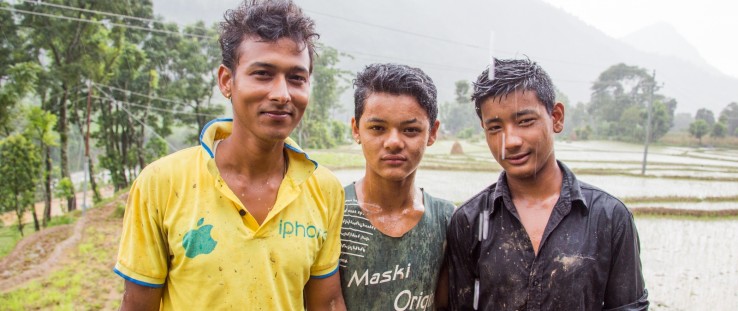 Bigyan Upreti, left, and his brothers
Derek Brown, USAID
Bigyan Upreti, left, and his brothers
Derek Brown, USAID
 Bigyan Upreti, left, and his brothers
Derek Brown, USAID
Bigyan Upreti, left, and his brothers
Derek Brown, USAID
A gray, heavy sky hung over the small village of Dhikure in Nuwakot district in central Nepal. It was Saturday, April 25, 2015, and children played hide and seek or raced to finish chores while farmers made their way to the fields to collect their harvests and beat the foreboding storm. Then the earth shook, the ground split, and buildings came apart as a 7.8 magnitude earthquake struck.
In July 2016, I visited Dhikure and met Bigyan Upreti, 21, while he busily changed the attachments on a mini-tiller. Before the 2015 earthquake, Bigyan and his family were farmers and relied on agriculture for their livelihoods. Bigyan told me about how the 2015 earthquake shattered more than just infrastructure; his entire community saw their silos crumble, destroying a year’s work and their food security. Many village homes were on stilts, and livestock (cows, goats, sheep, etc.) lived under villagers’ homes. When the quake hit, homes fell and crushed their livestock, milk tanks, farming equipment and supplies.
Sewa Kumar Dhakal is the president of the Kharanitar Agriculture Cooperative in Dhikure, and he estimates it will take 10 years for the village to fully recover. However, welcome signs of relief are making their way to the community.
In November 2015, U.S. Ambassador Alaina B. Teplitz visited Dhikure to distribute much-needed agriculture supplies and equipment, including high-efficiency tillers. As part of its Feed the Future initiative, the U.S. Government is supporting Nepali farmers’ recovery through the Cereal Systems Initiative for South Asia (CSISA) project. Since the project’s start, USAID has supported more than 33,000 hard-hit farmers in eight districts. CSISA is part of a long-term Feed the Future effort to help Nepali farmers—who comprise 75 percent of the population—transition to a more efficient, mechanized agricultural system.
Agriculture contributes more than 33 percent of Nepal’s annual gross domestic product. Significantly more efficient than draft animals, the 5-9 horsepower mini-tillers are made for Nepal’s steep, terraced farmlands, and they help local farming communities meet rising food demands while improving the productivity and income of village farmers.
These tillers were chosen in part because they were smaller and more versatile than larger models. It is hoped that women will find using them easier and more cost-effective than driving bullocks [bulls] or using older, heavier tillers. Due to significant labor out-migration of men, women comprise a large number of the country’s farmers.
From Bigyan’s land, I could see across the small valley, where Mitra Shrestha was also busy preparing her plot for rice planting. I went to visit her, and while pointing at the mini-tiller, she said, “Keeping bulls is a costly affair. The tillers are easily maneuverable, fast and can be used all day long. They get the job done in just one pass.”
To maximize the tillers’ impact, USAID also trains community members in business literacy, marketing, and use and maintenance of the mini-tillers and other machinery.
In coordination with USAID, the Nepali Government is helping communities get back on their feet by distributing seeds. It awarded 60 grants to farmers throughout Nuwakot district, including one farmer who built a greenhouse in anticipation of the monsoon season. Greenhouses will protect plants, food supplies, and equipment.
The once-barren field that hosted the ambassador has since produced two full yields of mustard greens and rice. According to Dhakal, “receiving those supplies gave hope to everyone and made us believe we could get through this.”
To date, USAID has distributed 400 lightweight mini-tillers to both farmers and cooperatives. These tillers have helped to dramatically reduce tilling hours and labor costs compared to traditional tilling with animal traction and ploughs. USAID has also trained more than 64 local mechanics, as well as 400 mini-tiller users, to ensure proper use and maintenance.
The path to recovery is long and challenging, but Bigyan and the people of Dhikure represent the Nepali people’s strength and resilience. Their gratitude for life and for the assistance offered by USAID is reflected by the hope and persistence that define them—not loss, and not defeat.
Tina Balin contributed to this article.








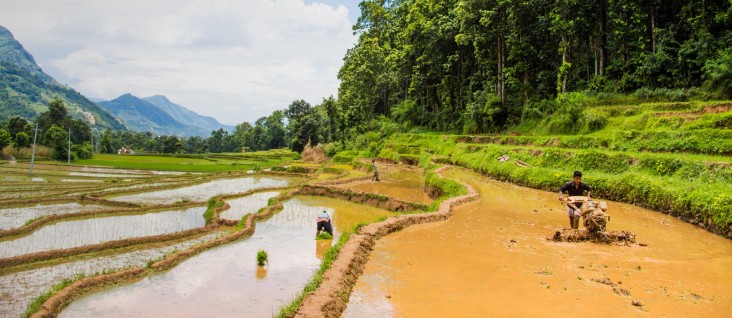
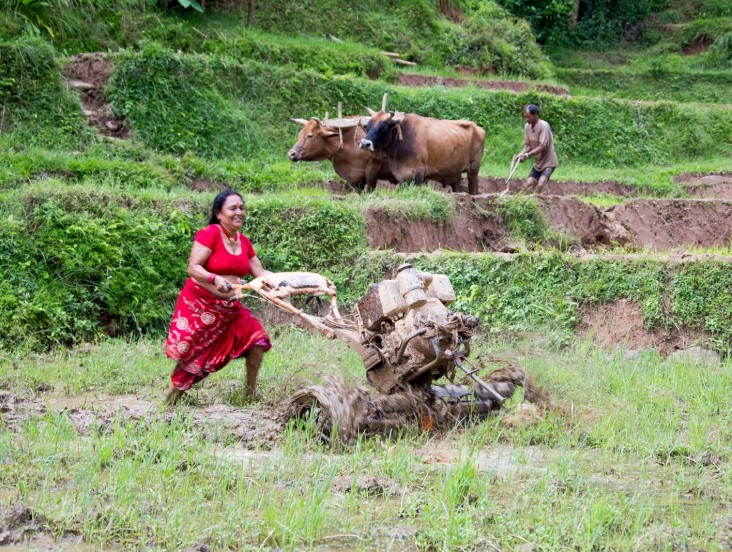
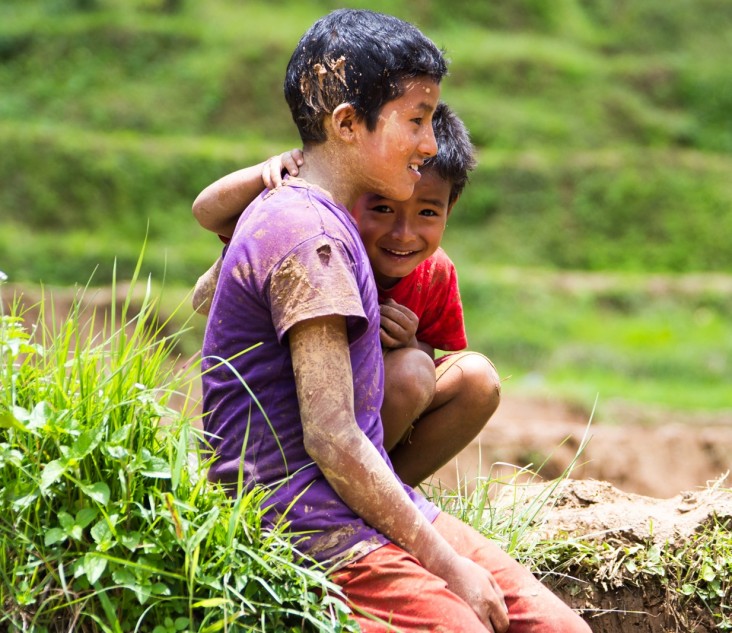
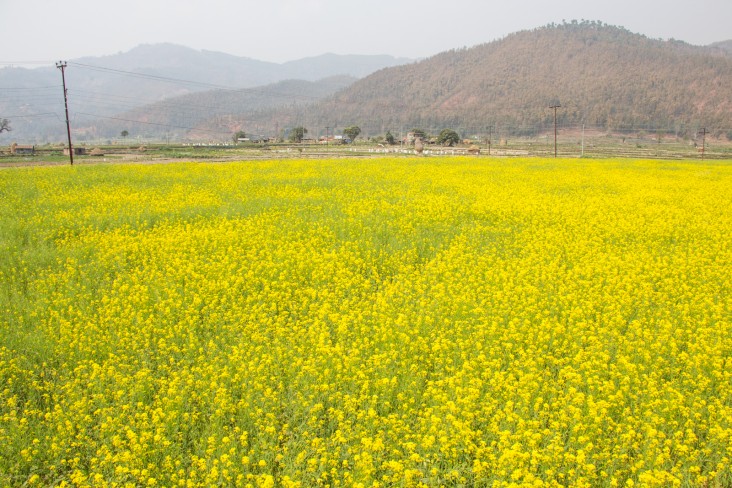
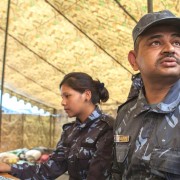
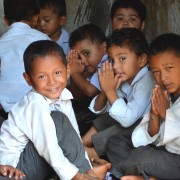
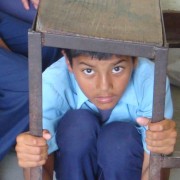
Comment
Make a general inquiry or suggest an improvement.